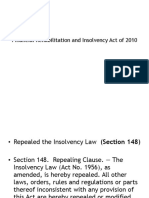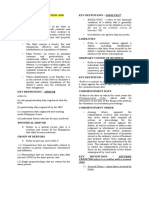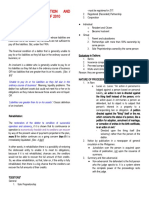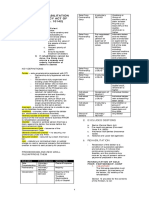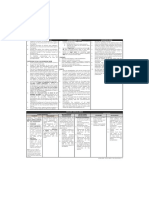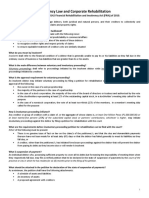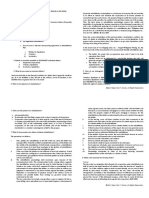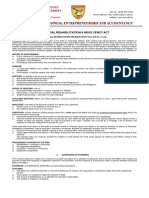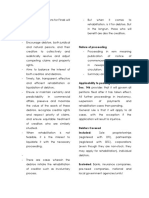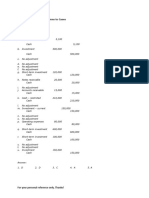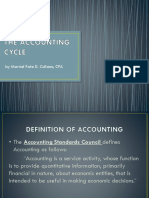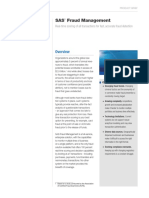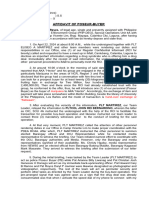Financial Rehabilitation and Insolvency Act (RA 10142)
Purpose:
1. collectively and realistically resolve and adjust competing claims and property
rights timely, fair, transparent, effective and efficient rehabilitation or liquidation of
debtors
2. preserve and maximize the value of the assets of these debtors (asset is placed in
custody of the court, and the court is the one responsible for the liquidation and
whatever is remaining will be used to pay off the debts)
3. recognize creditor rights and respect priority of claims
4. ensure equitable treatment of creditors who are similarly situated
5. when rehabilitation is not feasible, for the State to facilitate a speedy and orderly
6. liquidation of the debtor's assets and the settlement of their obligations
Basic Principle:
• Pari en passu– All are considered equal before/during the liquidation proceedings
Insolvency under the first form- the assets are not liquid and there is difficulty to meet
the obligations as they fall due
Insolvency under the second form- the liabilities exceed the assets
Nature of proceedings - in rem (both are working hand in hand in order to identify the
assets and apply the payment on obligations
Coverage: debtors, both juridical and natural persons, and their creditors, however, the
term debtor does not include banks, insurance companies, pre need companies, and
national and local government agencies or units
5 remedies available:
1. court-supervised rehab
• restoration of the debtor to a condition of successful operation and solvency,
if it is shown that its continuance of operation is economically feasible and
its creditors can recover by way of the present value of payments projected
in the plan, more if the debtor continues as a going concern than if it is
immediately liquidated
• voluntary: initiated by the insolvent debtor; if sole proprietorship, the
proprietor; if partnership, majority of the partners; if corp, majority vote of
bod/trustees and authorized by the vote of stockholders representing 2/3 of
the outstanding cs
• involuntary: initiated by the creditor/s with a claim aggregate of at least 1M
or at least 25% of subscribed cs or partners’ contribution, whichever is
higher
� Actions to be taken by the court in either voluntary or involuntary proceedings:
• court to issue commencement order (the rehabilitation proceedings have
already started)
• consequent issuance of suspension order
• suspends all actions or proceedings, in court or otherwise, for the
enforcement of claims against the debtor
• suspends all actions to enforce any judgment, attachment or other
provisional remedies against the debtor
• prohibits the debtor from selling, encumbering, transferring or disposing in
any manner any of its properties except in the ordinary course of business
(if debtor is engaged in selling gadgets, he cannot sell his assets, but can
continue selling gadgets since these are part of his business operations)
• prohibits the debtor from making any payment of its liabilities outstanding
as of the commencement date except as may be provided herein (if
payments are already made, the court can collect the payment to form part
of the assets of the debtor)
Exceptions to the effects of the suspension order:
• the stay/suspension order shall not apply to cases already pending appeal
in the Supreme Court as of commencement date Provided, That any final
and executory judgment arising from such appeal shall be referred to the
court for appropriate action
2. pre-negotiated rehab
3. out-of-court/informal restructuring agreements
4. liquidation of insolvent juridical debtors
• voluntary and involuntary
5. insolvency of individual debtors
• suspension of payments (first and second)
• voluntary and involuntary (second only)



